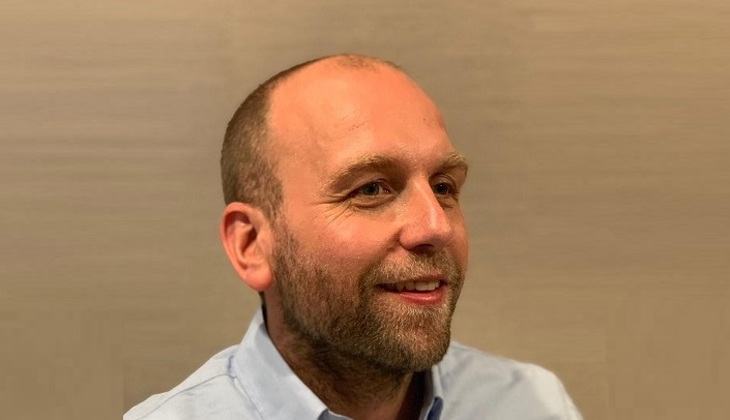
Freek Zandbergen: Even though we’ve been in a low interest rate situation for a long time, the further decrease of interest rates certainly doesn’t help.
From a Solvency II perspective, what you end up with is an increasing UFR benefit and a further deviation from economic reality. I try to visualise the UFR benefit as a balloon on the balance sheet, which, as a result of these extreme low rates, is getting bigger and bigger.
The larger this balloon gets, the larger the external push that things need to be adjusted. When doing an M&A, for example, usually the regulatory UFR is not used, but replaced by other assumptions or extrapolation methods.
"Visualise the UFR benefit as a balloon on the balance sheet, which, as a result of these extreme low rates, is getting bigger and bigger."
It clearly increases the regulatory risks for companies with long liabilities. As with a little parameter adjustment here or there, the balloon deflates and companies really start to have an issue. Ultimately, you will get close to levels of solvency rates where people get uncomfortable or are even technically insolvent at some points in time.
It’s proven to be okay for now, as long as everybody is aware that if you roll the curve, the problem will come to you at some point in time, in 10 to 20 years.
In the meantime, most insurers objectives are to have an asset allocation with a little extra spread to cover up these long-term losses, which will be implicitly there if rates will stay this low for an extremely long time. This can be demonstrated with long-term projections of the Solvency II positions.
Freek: Going back to the introduction of Solvency II, the UFR is brought into the equation to cover the illiquid part of the swap curve and to stabilise the curve on the long end. Regarding the latter, if you look at the euro rates in normal times you observe an upward sloping curve.
In times of stress, for example during the Covid crisis, you can see a significant flattening beyond the 20-year rates. The spread between the 20-year and 50-year rates has reached a level of minus 30 bps. You don’t want to force yourself in discounting your liabilities with these rates, and even worse force yourself to enter new interest rate hedges locking in these levels.
Due to the high convexity of your liabilities, this is the self-implied rule when using no extrapolation or UFR in your interest rate hedging policy.

Graph 1. Development of Euro interest swap rates, level of the 20Y interest rate and the spread between the 50Y and 20Y interest rate (source: Refinitiv, EIKON).
The flipside is that locking in positive spreads in normal times, the long-term interest rate hedge provides an additional benefit in times of stress.
So, from an asset-liability management point of view, this is striking the balance between entering at the right time and ensuring that your policy doesn’t force you to hedge in undesirable market circumstances.
"The impact during the Covid crisis is not as severe as during the
Great Financial Crisis in 2008 and 2009."
Note that, with interest rates for the past decade continuing to drop and to drop, I think every company who entered into 50-year swaps will be happy in hindsight, when they have locked in at rates of around two point something percent. Even when they were 20 BPS below the 30-year point at the point of entry.
Another interesting observation from the graph is that the impact during the Covid crisis is not as severe as during the Great Financial Crisis in 2008 and 2009. Is the crisis not that severe or has the liquidity increased significantly?
Freek: After eight years of being wrong and saying, “But rates are so low, it cannot last forever”, now my view is that we should prepare for rates to be little bit lower and also start to question whether there’s actually economic rationale for why we think that four per cent rates are normal.
We need to get used to, with words linked to the Covid crisis, a ‘new normal’ in terms of interest rates. I have started to believe that we are in this new normal and will stay there for a while.
"The lesson learned is that rate drops can still happen and as long as you have this possibility built into your models, you should not be surprised anymore."
The year 2019 was in that sense not a surprise, right, so rates dropped another percentage point and it all felt relatively extreme. But if you examine this history, actually the impact was not larger than we have observed in earlier phases and also statistically not that extreme.
The lesson learned is that rate drops can still happen and as long as you have this possibility built into your models, you should not be surprised anymore.
So, to the concrete question if rates will normalise in 10 or 15 years? No, my belief today is that it is not going to happen. From that angle, insurers need to continue to reshape their own future in terms of product design and interest rate hedging.